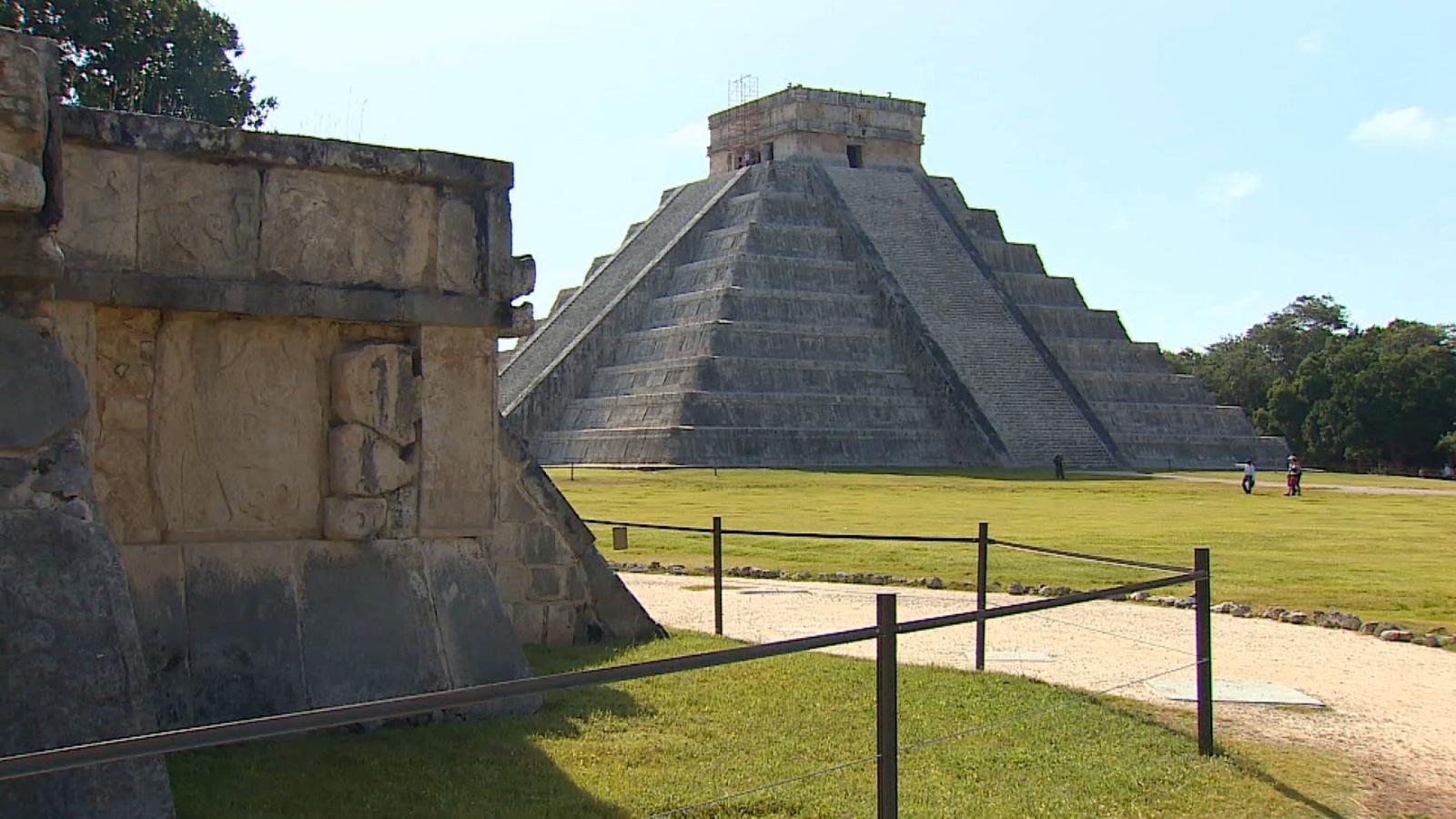What is under the pyramids of Chichén Itzá?
0:49
(CNN Spanish) --
Authorities of the National Institute of Anthropology and History (INAH) and a group of merchants, tourist guides and ejidatarios from towns surrounding the archaeological zone of Chichén Itzá, on the Yucatán peninsula, in southeastern Mexico , agreed this Wednesday to reopen the accesses to that important site after ten days of blockades to denounce irregularities in the management of the person in charge of the place, as well as violations of their rights as descendants of the Mayan tribe.
"Given the relationship with the surrounding communities, we were able to reach agreements to lift some blockades that were preventing the arrival of tourists to the archaeological zone, the most visited in Mexico," Diego Prieto, director of the INAH, reported Thursday. , during the press conference of President Andrés Manuel López Obrador.
This Wednesday, the INAH said in a statement that "after establishing a dialogue table with protesters and artisans from the towns of Pisté and Xcalacoop, the necessary commitments were reached for the prompt release of access to the archaeological zone."
The document specified that the agreement was achieved with the coordination of the INAH with the Ministry of the Interior, the Ministry of Well-being, the Ministry of Culture and the National Fund for the Promotion of Tourism.
advertising
The blockades to the archaeological zone of Chichén Itzá began on January 2, when a group interrupted two highways that lead to the pre-Hispanic site, which with some 7,000 tourists a day and some 2.6 million a year is considered the most visited in the country, according to INAH data.
The protesters denounced irregularities in the administration of the director of the archaeological zone, Marco Antonio Santos, who allegedly violates the uses and customs of that indigenous community, and who, among other actions, prohibited them from selling handicrafts outside the site.
"People had permission to go to Chichén and they were selling, there were even people who lived inside Chichén, all these people were removed and they have been moving us away from the archaeological zone to gain ground," activist Elda Castañeda told CNN.
For his part, Santos referred to the criticism against him and said that "the discontent these days is not from the community as a whole, they are small groups of very particular interests and, basically, it has to do with economic issues." but also politicians.
The INAH said in the January 2 statement that "the protests challenge the ordering undertaken more than a decade ago for the proper functioning of the area" and noted that, regarding the informal trade that has invaded the area, they seek artisans to exercise its functions, but without affecting the visitor experience.
The pre-Hispanic city of Chichén Itzá was declared a World Heritage Site in 1988 by Unesco and a Wonder of the World in 2007.



/cloudfront-eu-central-1.images.arcpublishing.com/prisa/3TOQKX7CUJEMHBMHIA7GJRIXC4.jpg)
/cloudfront-eu-central-1.images.arcpublishing.com/prisa/PLNY3OH7WVF7PAHBVU6Y6QKPTI.jpg)
/cloudfront-eu-central-1.images.arcpublishing.com/prisa/5UPDG5IW2NDDFFUK3WJTFKMSPE.jpg)

/cloudfront-eu-central-1.images.arcpublishing.com/prisa/VJEQPDZR7VGOFMRM3OPJZFFZJQ.jpg)

